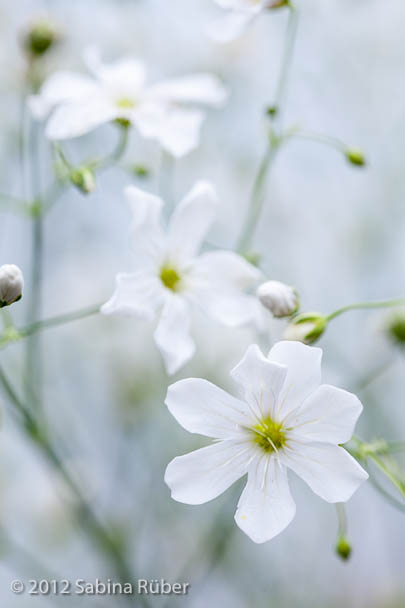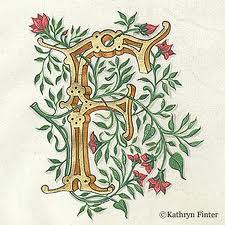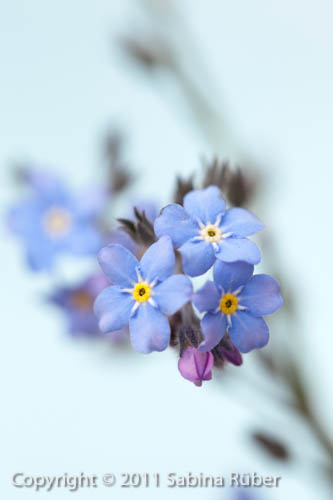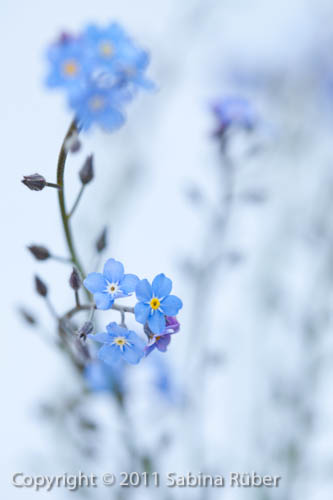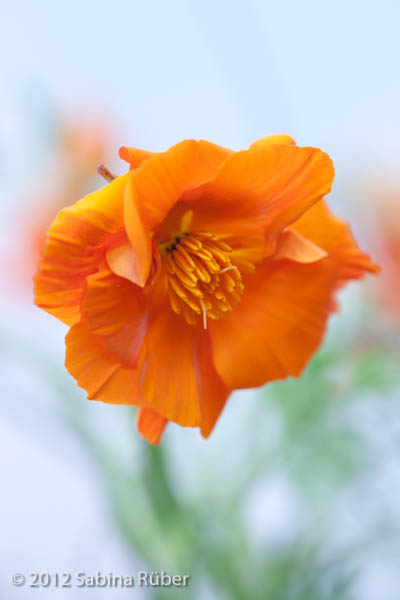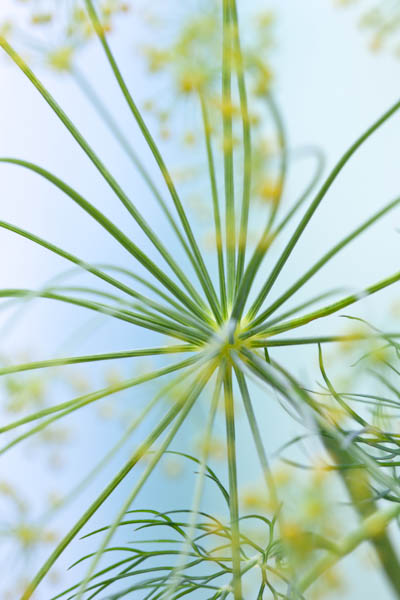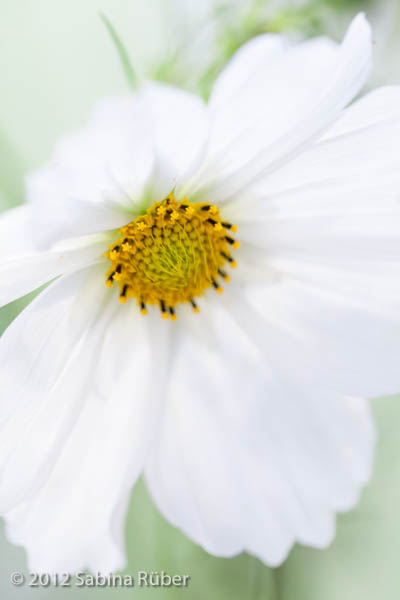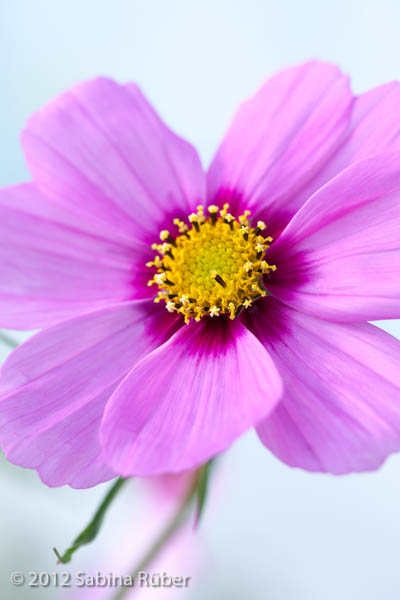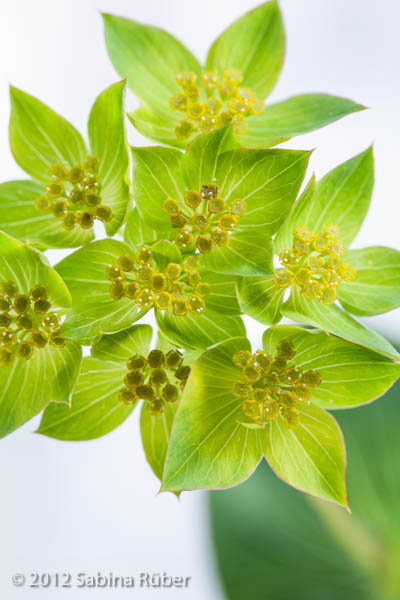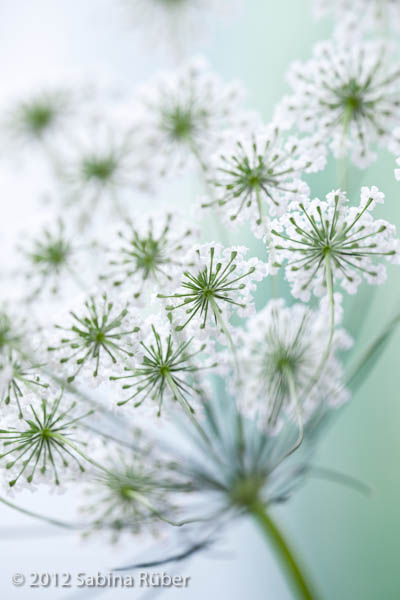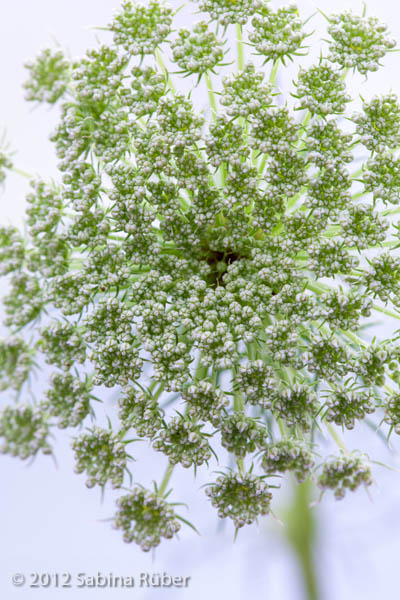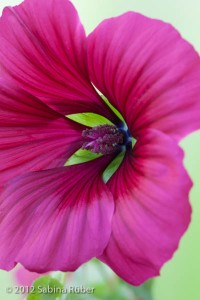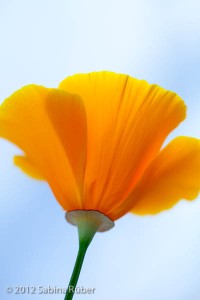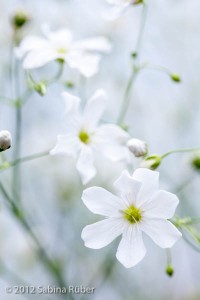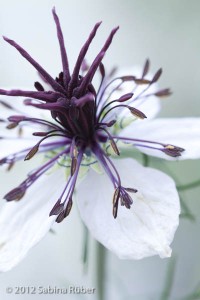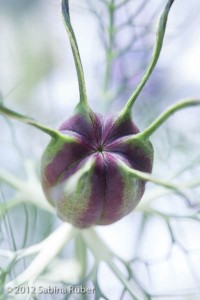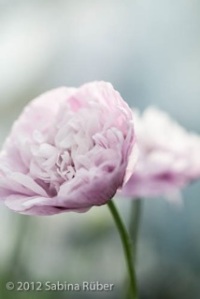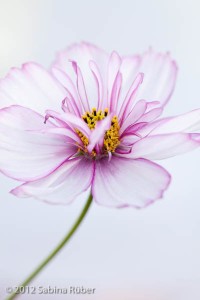H is for Hesperis
I didn’t really take any notice of Hesperis matronalis, or sweet rocket, until I saw it growing in Helen Dillon’s garden a few years ago. She had used the purple form in the same way as Verbena bonariensis – dotted around a border, weaving in and out of other bulbs and perennials as a filler plant. It can be overpowering in dense clouds, but used sparingly it is lovely, with a very natural look. William Robinson described it as ‘among the most desirable of hardy flowers’ in The EnglishFlower Garden in 1883; I would be less effusive and say that it was one of the most useful of hardy plants – for its ability to grow in both sun and shade, and for its willingness to mingle happily with a whole host of other plants that flower around the same time in early summer. It looks especially good among strong shapes – alliums, irises, oriental poppies.
Also known as dame’s rocket, rogue’s gillyflower or summer lilac, Hesperis is a biennial that comes from southern Europe and Western Africa, but it has been cultivated in Britain since medieval times. Hesperis is Greek for ‘evening’, named because of its evening scent. These tallish plants, growing up to a metre or more, are related to the mustard family and are classified as brassicas (like cabbages or Brussels sprouts) – and in fact the small flowers can be eaten, scattered on salads or floated in summer drinks. The scented late spring flowers in whites, pinks and mauves are magnets to bees and butterflies, and it is a fantastic plant for a natural garden as like honesty it self-seeds everywhere. (By the same token this can be a nuisance if you don’t want it everywhere, so weeding out excess seedlings is advisable). It is also happy in some shade – an easy-to-please plant that you can’t go wrong with.
There isn’t much choice in terms of cultivars. H. matronalis is usually pale lavender-purple, while ‘Alba’ is white. Less commonly grown are double forms like ‘Alba Plena’ – I have never grown this but pictures I’ve seen make it look more like a top-heavy phlox, and I prefer the simplicity of the single flowers. Growing hesperis is easy – you can either direct sow in late spring to flower the following year, or sow indoors in early spring, to be planted out later. Plant into a fairly rich, well-drained soil, and when sowing, only cover the seeds with the lightest smidgen of soil as they need some light to germinate.




